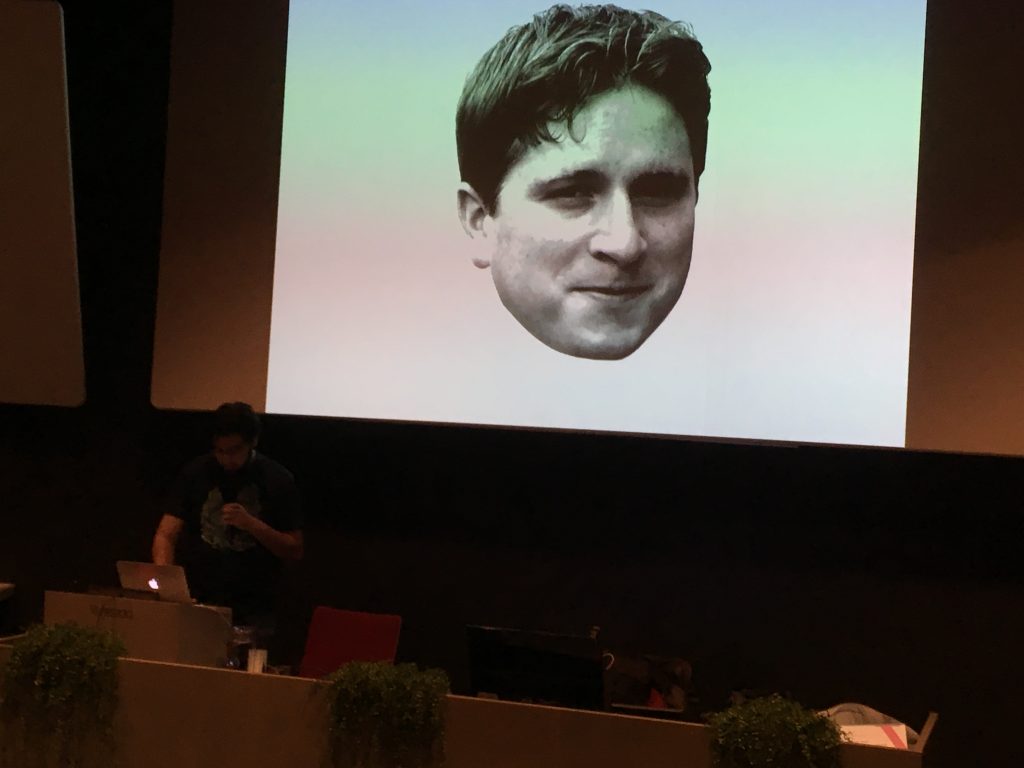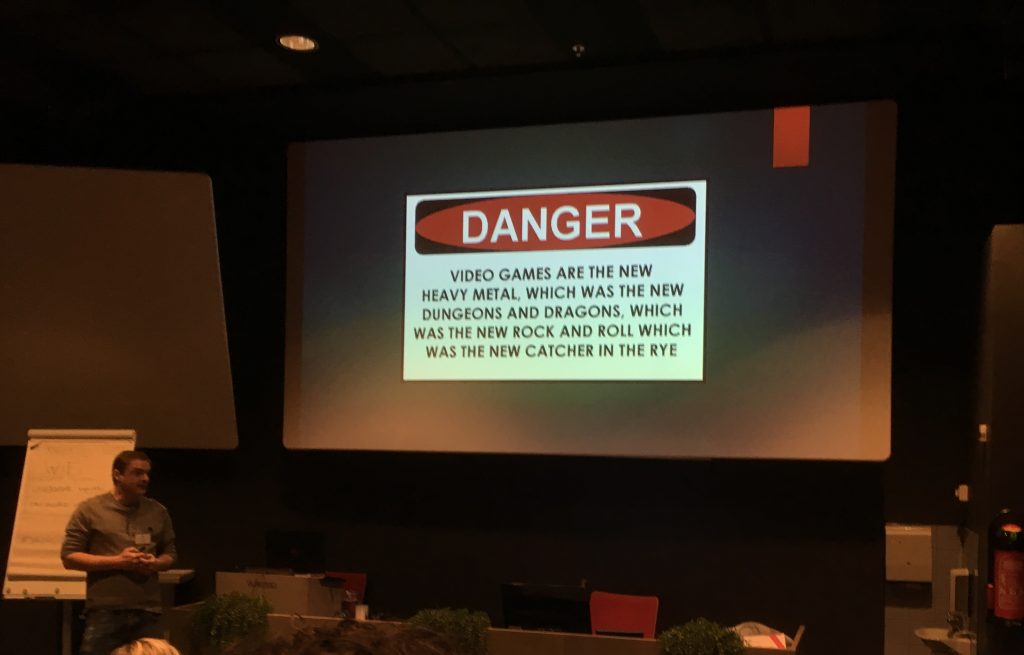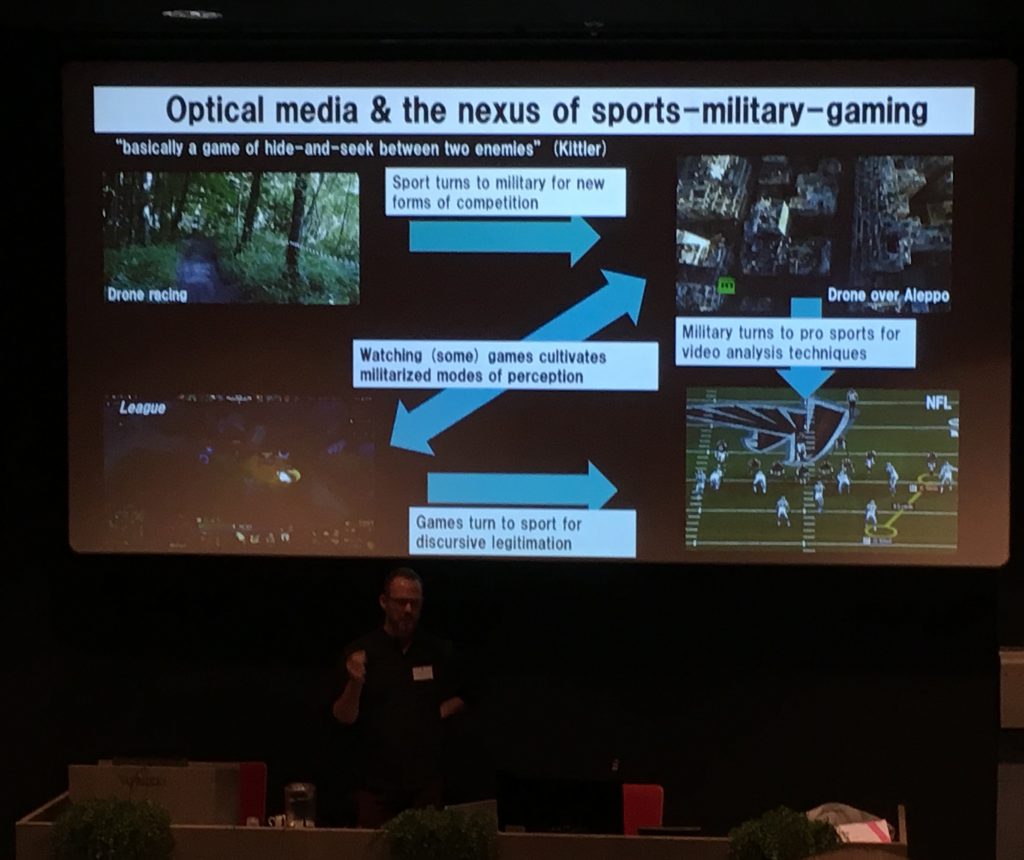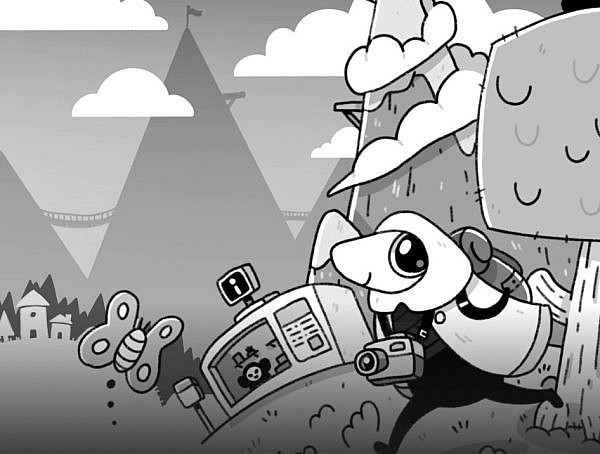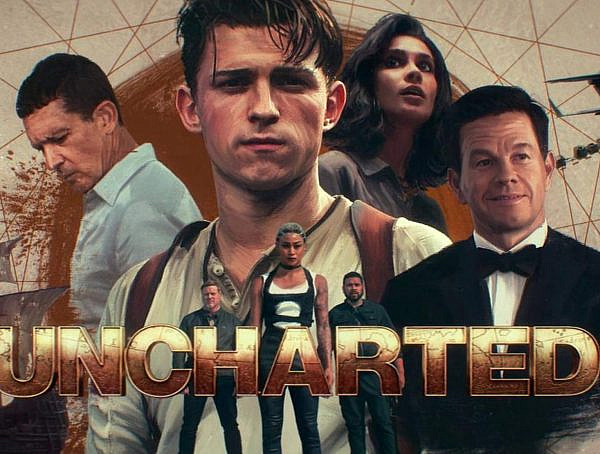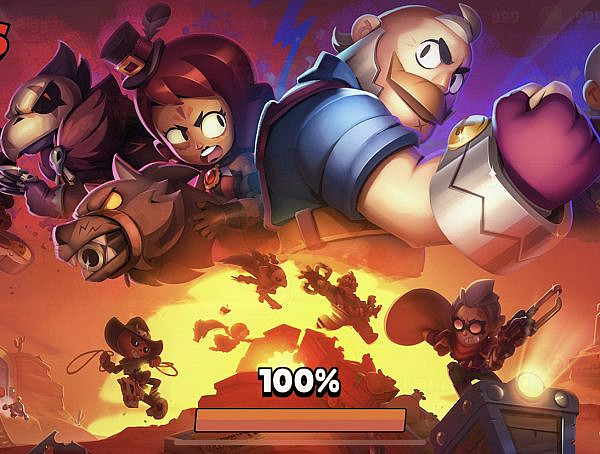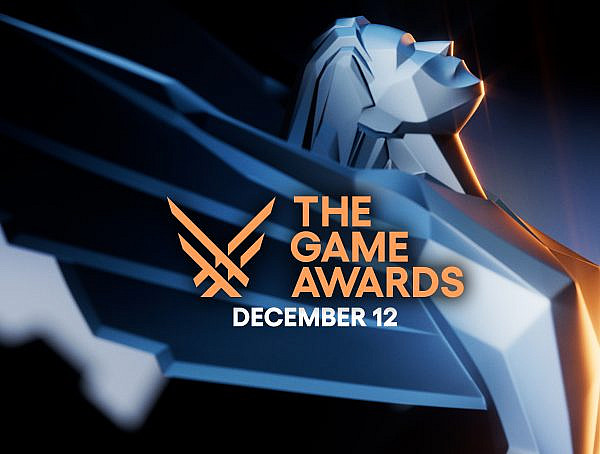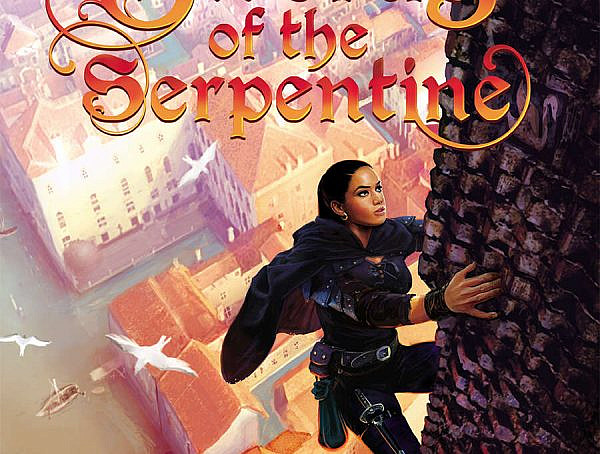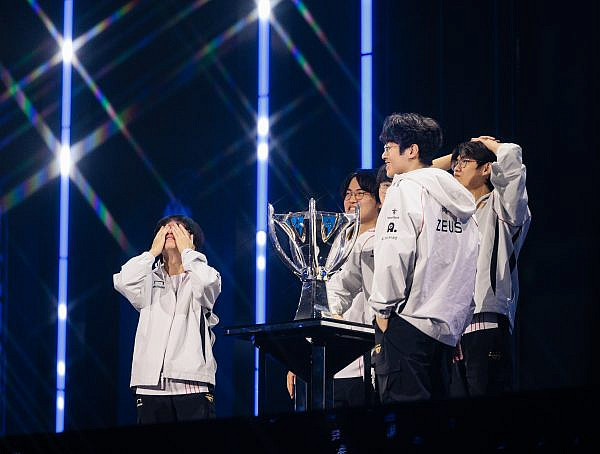Talking eSports, Twitch and kappa at Spectating Play 2017.
Games scholars from around the globe descended upon a seasonally confused Finland at the end of April for the 13th annual University of Tampere Game Research Lab Spring Seminar. The theme this year related to “Spectating Play”, encompassing research on streaming play, performance, audience theory and more. The seminar is atypical in focusing on work-in-progress submissions, with more time dedicated to discussion from the audience rather than finalised presentations. As such, there are no links within this article to any citable works, but interested readers should follow the speakers involved for future publications. Due to my own role working the event, this report does not detail all of the presentations, however information on the full program can be found at http://spectatingplay.com
The seminar was held this year at the new Finnish Museum of Games, and attendees were able to enjoy a guided tour through the exhibits during Tuesday afternoon. Other social events included a visit to the University’s social learning space OASIS (http://oasis.uta.fi), as well as various cordial drinks around Tampere. Keynote talks were given by commentators Nick Taylor and Tanja Sihvonen, with an Industry Keynote presented by Rami Ismail of Vlambeer fame, discussing the very public development process of Nuclear Throne.
Presented in the conference were three papers from the eSports research project currently underway at the University of Tampere (http://esports-research.com). Maria Törhönen presented an overview of how the language around video sharing has been used in academic papers; highlighting how ‘stream’ had largely transitioned from a technical to a generic term, whist other basic terms such as ‘user’ and ‘viewer’ still varied in definition, and needed re-defining in the context of participatory culture. Max Sjöblom presented findings from a study taken at the Finnish LAN event Assembly (http://www.assembly.org) concerning how attendees utilised social media. A survey conducted at the event attempted to map what motivated people to spectate sports (drama, escapism, gambling etc) with what social media platforms they posted to. Although they identified that the results were inconclusive, a number of interesting patterns emerged in the data. Positive associations were found between aesthetics and Facebook, acquisition of knowledge and Reddit, social motivations with messaging services, and enjoyment of aggression with Snapchat. Joe Macey presented data from an online survey concerning gaming, esports consumption and gambling. Both a Game Addiction Scale and Problem Gambling Severity Index were applied to the data, with the results looking to find whether consumption of videogames and esports were potential predictors of gambling activity. No statistically significant relationship could be found between gaming and gambling, although a link was made between watching esports and online gambling.
Other research from Finland included Lahdelma & Suominen from Turku presenting an early study analysing Finnish computer magazines and family photographs from the 80s and 90s. The role of spectatorship here largely consisted of mustachioed men pointing at things but was certainly of historic and cultural interest. Another study from Turku & Jyväskylä compared the Overwatch World Cup 2016 to traditional sports broadcasts, finding more similarities than differences in total. Although the Overwatch World Cup was primarily a showcase tournament, and despite the inherent differences in information presenting a videogame in comparison to a sport, the presentation of the event could be seen to mimic traditional sports games through the broadcast structure, commentaries, highlights and more. Jaakko Stenros & Jamie MacDonald presented work in development for a new audience theory, specifically concerning the relation between spectator and performer in live action role-playing games. An unfortunate lack of GIFs in his presentation made the audience turn particularly hostile at this point. Finally, Marleena Huuhka from the University of Tampere linked performance studies to game studies through an analysis of Minecraft.
Further afield, from Carnegie Mellon University, an analytic framework was proposed for audience participation games (APGs) which identified a number of findings relevant for game design. From St.Petersburg, an empirical analysis of eSports viewers was presented that highlighted how communication differed dependent on the intensity of the information onscreen. A study from the University of Skövde offered some game design guidelines from a pre-study of spectators perspectives in esports. Mia Consalvo, author of Cheating and Atari to Zelda, co-wrote a presented paper that further explored ‘tandem play’, the act of two or more players engaging with single-player games. Espen Aarseth, editor of gamestudies.org ,previewed a taxonomy of spectating modes that he split between time, space and action.
While unable to cover all of the great presenters at the conference here, hopefully this report has clued you in to some of the wide range of academic research that is developing on these topics. If you are interested in future seminars and the UTA Game Research Lab in general, it is worth following their social media accounts at Facebook here and over on Twitter here.
You might also like
More from Features
Game Awards – Celebration of talent or a Marketing Extravaganza?
The Game Awards 2024 is over and the winners are announced. However, are they still following the same pattern that …
Worlds in a Finnish Theater: League Finals, Community, and Döner Kebab
I travelled to Helsinki to watch League finals in a cinema, and it was worth it. #leagueoflegends #esports #community #worldfinals







